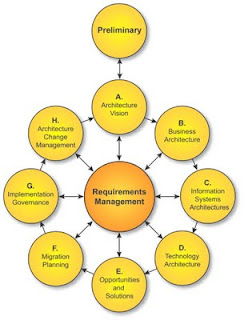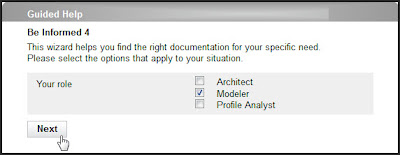Laying the foundation for an effective article
In this series of articles you can follow my process in writing a new article on Robotics. In the first episode I explained my approach towards writing, the second article focussed on setting the goal, choosing an audience and finding the right approach. Now that we have a clear vision on goal, audience and approach, it is time to start setting up the structure.
Writing requires a structured approach
Writing is all about structuring your thoughts. And although this is a process that most of us do in a more implicit way, it sometimes helps - and is actually best practice - to write down your structure on a very high level.
The goal of my article is to change the opinion of the reader towards accepting Robotics as a something that brings value to a business and motivates employees, rather than being limited to reducing FTE. So the structure of my article should be build up around the motives used to build up this case. As I want my article to be short and sharp, I don't need a long list of motives. Three is a nice number, so I decided to build up my structure around three motives:
- Robotics can be used to motivate people
- Robotics can be used to create better customer experience
- Robotics can lead to new and better business.
Include an introduction and you will get the following blue print:
- Introduction
- Example
- Why is this relevant
- How does it work?
- Motivation
- Motivating people
- Reduce amount of repetetive work
- Example
- Result
- Better customer experience
- Offer error-free services, 24 hours a day and 7 days a week
- Shorter response and delivery times
- Example
- Result
- Better business
- Staying relevant
- Robotics as business accelarator
- Conclusion
- Call to action
Writing style
The theme 'Robotics' has already been adopted by leaders that aim for cost reduction. With this new article, I want to reach out to the leaders that are not primary looking at cost reduction, but want to aim for something higher. Also I like to bring in a personal touch and address my audience in an informal way, making it easier for them to make the step to reach out to me. As I will be posting the article on my LinkedIn profile, the style should match the way I present myself to the outside world; being consistent with my branding. Personal sounding examples and a direct writing style will help me in reaching my goal and maintaining my brand.
Choosing the title
A good title is essential; it either triggers the reader to read your article or discourages them to do so. I like provocative titles; titles that raise the curiosity of my audience.
A title that would cover the content of the article would be: "Three new motives for Robotics". Too boring in my opinion. Then I thought about the link to Simon Sinek's defenition of Great Leaders. I want to use that in my article, so why not reflect that in the title: "Why Great Leader should look at Robotics".
Still not satisfied, I tried to make it sharper, a little bit less conventional and more appealing and ended up with: "Why Every Great Leader should Love Robotics".
Ready to go
Having defined my title, writing style and overall structure, I am ready to start writing. My next article will be the draft text. In the meantime, please don't hesitate to provide me with feedback on my approach.



Comments